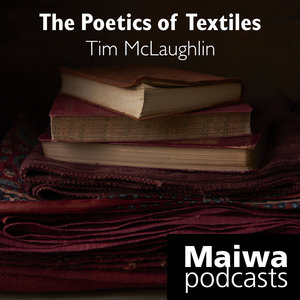YOU SUPPLY THE CREATIVITY – WE SUPPLY THE REST
These kits have everything that you, or someone on your list needs to start that next project.
From beginners to established makers, our kits are designed to encourage play and give you confidence in your craft.
Visit Maiwa on Granville Island 7 days a week between 10am and 7pm
Or online at maiwa.com
HAPPENING THIS WEEK
Use promo code SLOWCLOTHES at the checkout.

















































